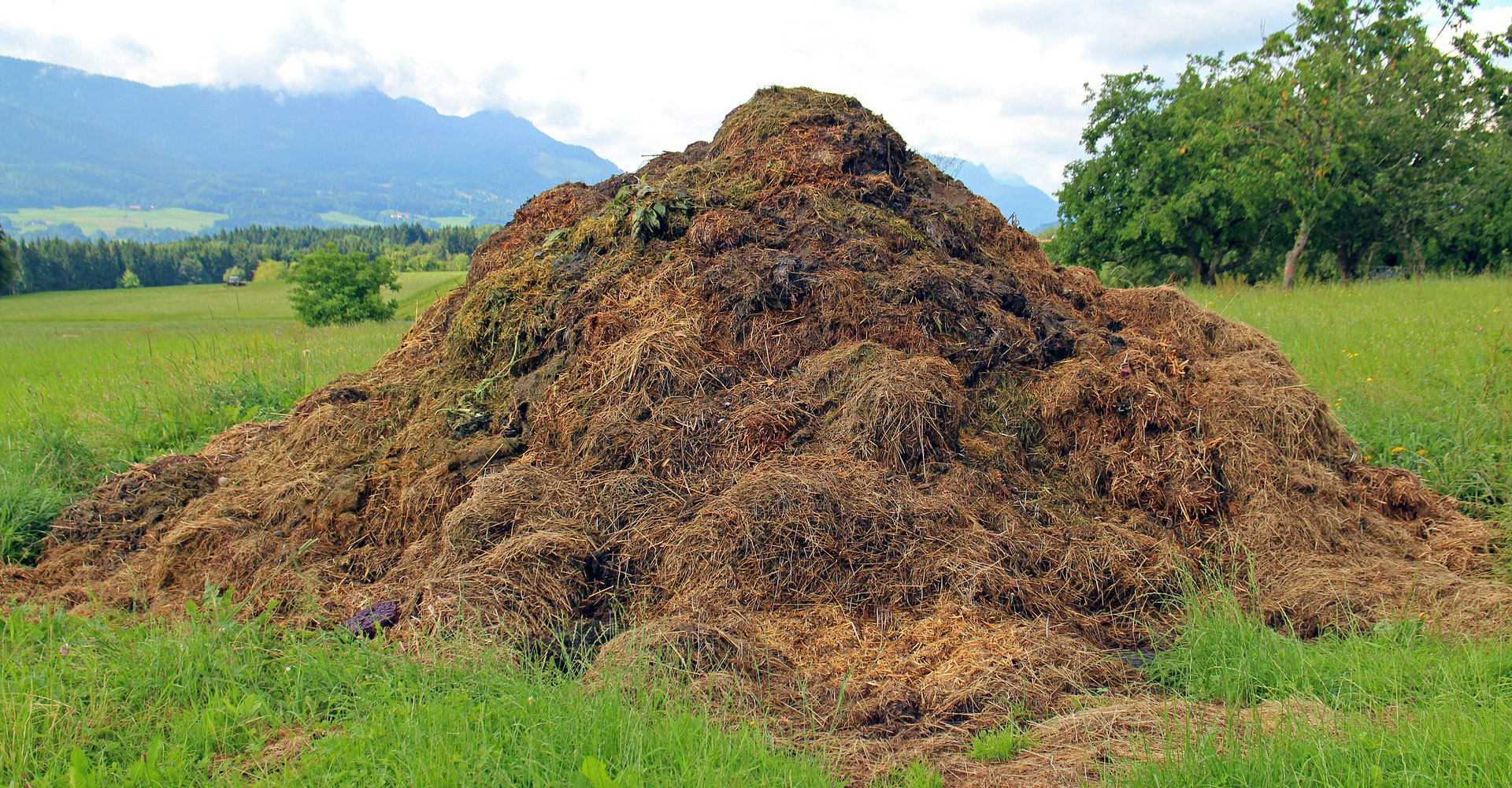From Waste to Wealth: Researchers will Transform Anaerobic Digestion

Oct. 30, 2019 - Every year, a staggering amount of organic waste including uneaten food, yard clippings and manure is dumped into landfills, occupying precious land while producing methane and other gases that pollute the atmosphere. For a multi-institutional team of engineers, this 115 million tons of waste represents not a calamity, but an opportunity – to turn that waste into wealth.
The team is led by engineers at Colorado State University and includes two researchers from the UC Irvine Samueli School of Engineering. The U.S. Department of Energy has awarded them $5.1 million to tackle the organic waste problem with key improvements to a seasoned but unprofitable technology called anaerobic digestion. Anaerobic digestion is a cluster of natural processes by which hungry microorganisms consume carbon-rich organic materials and produce methane and carbon dioxide in an oxygen-free environment.
The DOE Bioenergy Technologies Office recently announced $73 million in support for this and 34 other projects. The CSU/UCI team was selected for the DOE office’s “Renewable Energy from Urban and Suburban Wastes” call for proposals, with the goal of transforming such wastes into biofuels and other useful products. Thus over the next five years, the team aims to make technologically sound, economically sensible improvements to anaerobic digestion of organic waste materials in newly designed bioreactors.
“Broadly speaking, we want to improve the economic and environmental sustainability of waste treatment by producing a more valuable product and releasing less carbon dioxide,” said team lead Ken Reardon, CSU professor in the Department of Chemical and Biological Engineering.
Plamen Atanassov and Han Li from UCI’s Department of Chemical and Biomolecular Engineering are contributing to the project’s overall goal of making anaerobic digestion more efficient and economically competitive by establishing innovative microbial processes to convert the end products of anaerobic digestion into valuable chemicals such as fuels.
“Integrating biochemical and electrochemical processes in a seamless stream of agricultural waste-to-energy process will be one more example of how fundamental science can better our life through engineering practices,” said Atanassov, a UCI Distinguished Professor.
“We are very excited to be part of this highly interdisciplinary team, which consists of scientists, engineers and industrial partners,” added Li, UCI assistant professor. “We believe this research will lead to a critical breakthrough toward addressing the nation's waste management challenge.”
The team plans to redesign anaerobic digesters by adding renewable electrons from solar or wind to the process. The electrons would redirect how microorganisms break down large organic molecules in things like grass and manure. The team will develop methods for electrons to activate carbon dioxide, produced in anaerobic digestion, and to convert the waste into two smaller carbon-chained products: hexanoic acid, which can be upgraded to a fuel blended with gasoline or diesel; and isobutanol, which can be blended with gasoline or upgraded to jet fuel.
By directing anaerobic industrial microbiomes and engineered bacteria to make hexanoic acid and isobutanol while limiting production of low-value methane and waste carbon dioxide, the research could seed a market for anaerobic digestion as a means of dealing with organic waste instead of dumping it into landfills or making compost. Up until now, the process has not been profitable enough to be widely used in the United States.
Over the next five years, the researchers will integrate their various expertise to make anaerobic digestion profitable: from altering the microbial communities, to designing the bioreactors and performing life-cycle assessments to ensure the technology will be scalable and profitable. Lab reactor experiments eventually will move to a test facility at South Dakota School of Mines and Technology.
The team includes collaborators at the National Renewable Energy Laboratory.
– Anne Manning, CSU
– Lori Brandt, UCI
